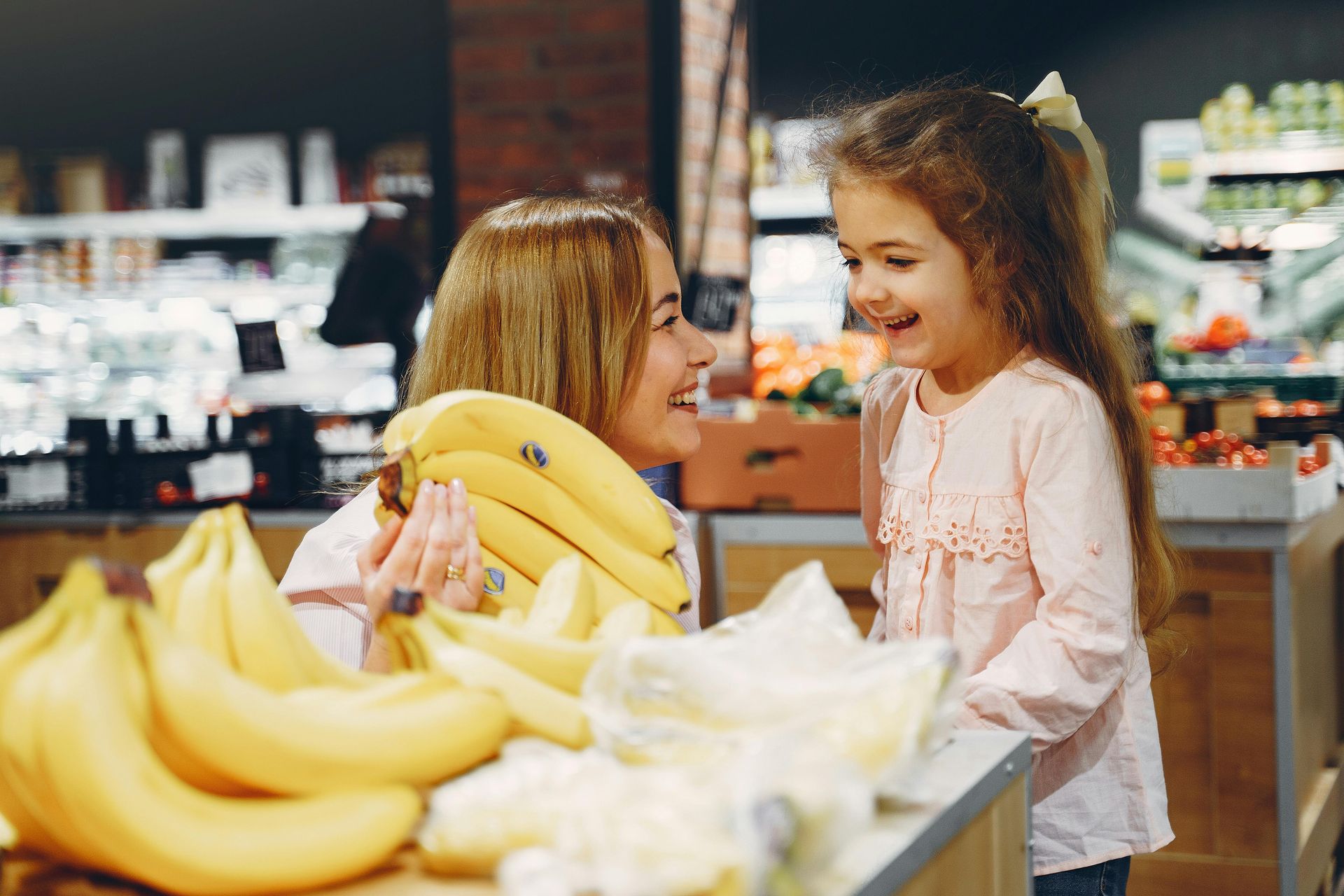Meeting Your Child at Their Level: The Heart of ABA Therapy
Meeting Your Child at Their Level: The Heart of ABA Therapy
Every child is unique. Every learning journey is different. And in the world of Applied Behavior Analysis (ABA), no principle is more important than this: to truly help a child grow, we must first meet them exactly where they are. That phrase, “meeting the child at their level,” is more than just a kind idea. It is a guiding philosophy that shapes how effective, respectful, and meaningful ABA therapy is delivered every day.
Individualized Instruction
At Daytastic ABA, meeting a child at their level means more than adjusting instruction. It means taking time to understand how your child learns, how they communicate, what they enjoy, and what they find challenging. It means seeing your child not only through the lens of data or skill acquisition but as a whole person. A person who deserves to be understood, respected, and supported with compassion.
But what does this actually look like in practice? For many families new to ABA therapy, the idea of individualizing instruction may sound abstract. So let’s explore what it really means to meet a child at their level, and why it is one of the most powerful things we can do.
First, we begin by observing. Before any goals are taught or programs are written, the ABA team spends time getting to know your child through direct observation and assessments. We pay attention to what captures their interest, how they respond to people, what skills they already use independently, and which ones seem more difficult. We do not just assess based on what your child should be doing at a certain age. We look at what they are doing right now. This baseline information is essential because it becomes the foundation for setting goals that are achievable, functional, and developmentally appropriate.
From there, we focus on how your child learns best. For some children, this might mean using visual supports like pictures or objects. For others, it may involve modeling or physical prompts. Some children respond well to structured instruction, while others thrive during play-based interactions. No single approach works for everyone, and that is exactly why ABA is designed to be flexible. By identifying what teaching style matches your child’s needs, we can shape lessons to feel natural, engaging, and productive. This is not only more effective, it is also more respectful of how your child experiences the world.
The pace of therapy is also adjusted to the child’s level. In ABA, we often talk about skill acquisition, which means teaching new behaviors or abilities step by step. But we do not rush those steps. If your child is learning to request a snack, we start with the method that fits their current communication ability. Maybe that means handing over a picture, pointing, signing, or using a single word. Over time, we build from there. But we always start with what your child can do right now, not with what we wish they could do. This sets the child up for success and builds confidence, which in turn increases motivation.
Meeting a child at their level also means recognizing their emotional and sensory needs. Some children become overwhelmed by noise, crowded rooms, or transitions. Others might need extra time to process a direction or adjust to a new routine. ABA therapy includes not just what we teach, but how we teach it. If a child needs a calm, quiet space to participate, we adjust the environment. If they need a familiar staff member to feel safe, we consider that when making session plans. Behavior is communication, and often, those challenging behaviors are actually ways children are saying, “This is too much for me right now.” Meeting them at their level means listening to that message and responding with support rather than pressure.
Another way we meet a child where they are is by respecting their preferences and interests. These are not just useful tools for building motivation. They are meaningful pieces of who your child is. If your child loves bubbles, dinosaurs, or trains, we use that love to make learning feel joyful. Play becomes part of the lesson, not just a reward afterward. When children are engaged in things that matter to them, they are more likely to stay focused, participate willingly, and build positive relationships with the people teaching them.
Even with all this personalization, ABA therapy remains goal-driven and data-informed. We still track progress, use evidence-based techniques, and strive for measurable growth. But we never let the process lose sight of the person. Meeting a child at their level does not mean we expect less. It means we take the right path to help them do more. When a child succeeds at a task that once seemed out of reach, it is because someone took the time to understand how to get there one step at a time.
Families often ask us how long it will take for their child to learn a new skill, or when they will start seeing progress. While timelines vary, what remains consistent is our commitment to start where your child is and move forward from there. It is not about comparing your child to others. It is about comparing today to yesterday. Did your child use a new word? Try a skill with less help? Respond with a smile instead of frustration? These are the moments we celebrate because they show growth from your child’s own baseline.
It is also important to remember that progress in ABA is not always linear. A child may master a skill, then show regression when routines change or life becomes stressful. Meeting them at their level means adjusting again. It means saying, “We know you were doing this skill before, but today it’s hard, so let’s support you until you’re ready again.” This approach prevents unnecessary pressure and helps maintain the trust and connection that are so critical for learning.
Meeting a child at their level is not just the responsibility of the clinical team. It includes caregivers too. At Daytastic ABA, we value parent involvement and take time to explain how strategies used in therapy can be applied at home. When families understand what their child is working on and how to support it in real-life routines, generalization becomes possible. This means your child can use their skills across settings, not just during therapy.
We also listen to you. You know your child better than anyone else. When you tell us what is working at home, what has been hard, or what new behaviors you have seen, we use that information to guide how we meet your child in the clinic. It is a partnership, and your insight helps us deliver more connected, relevant therapy.
Above all, meeting your child at their level is an act of respect. It says, “We see you. We understand where you are today. And we are here to help you move forward in a way that works for you.” It is not just about ABA techniques. It is about trust, empathy, and patience.
ABA therapy is a powerful tool, but only when it is applied with heart. And that starts with accepting each child as they are, not as we wish they were. It means honoring their individuality while guiding them toward greater independence, confidence, and happiness.
At Daytastic ABA, this is what we believe. This is how we teach. This is why we meet your child at their level, because that is where real growth begins.
References
Cooper, J. O., Heron, T. E., & Heward, W. L. (2020). Applied behavior analysis (3rd ed.). Pearson Education.
Behavior Analyst Certification Board. (2020). Ethics code for behavior analysts. https://www.bacb.com/ethics/











